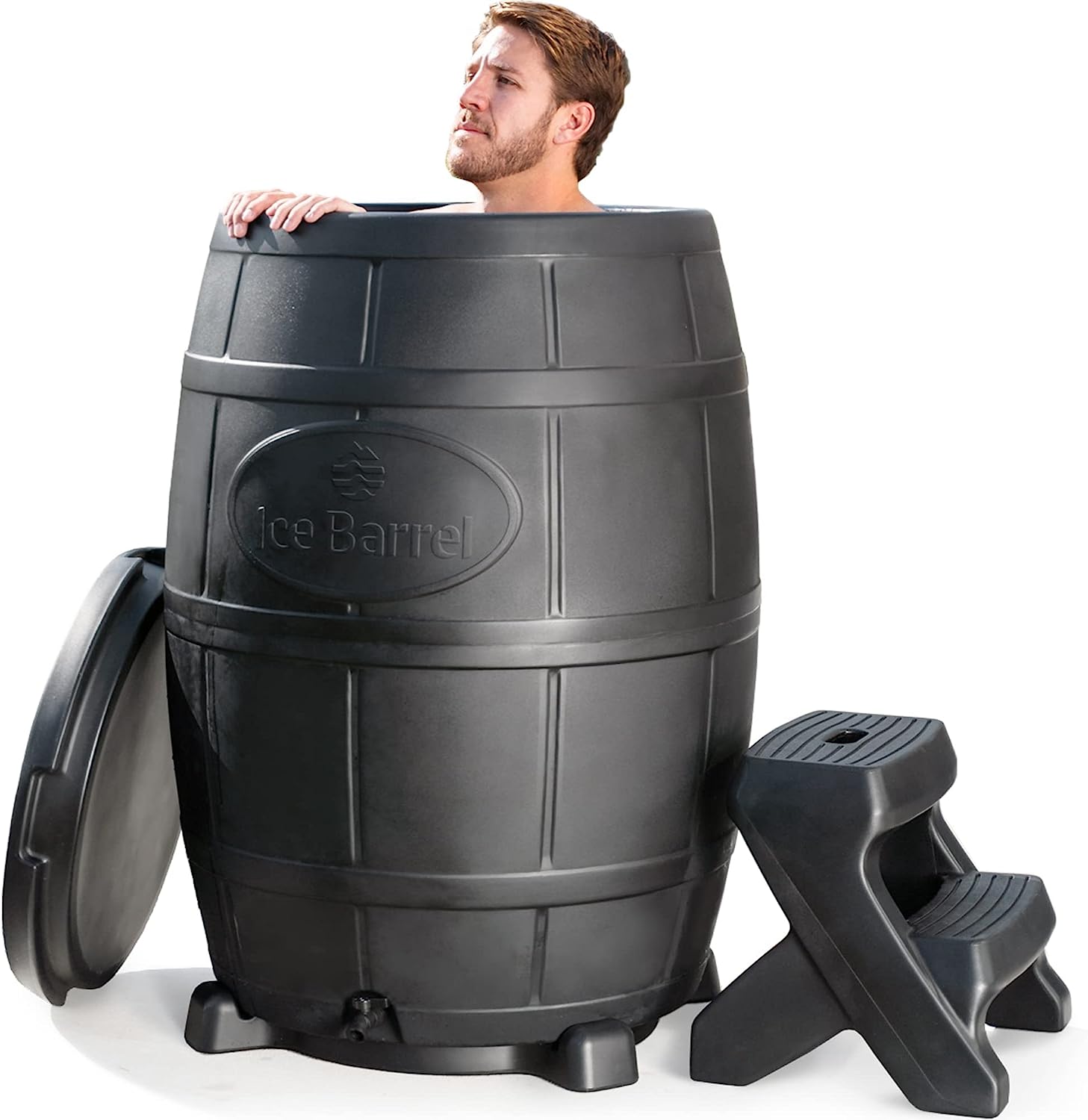Contrast bath therapy is a form of hydrotherapy that has been used for centuries to promote healing and recovery in athletes and individuals with various medical conditions. This therapy involves alternating between hot and cold water immersion to improve blood circulation, reduce inflammation, and relieve pain. In this post, we will discuss the science behind contrast bath therapy, how it works, and its potential benefits.
How Contrast Bath Therapy Works
Contrast bath therapy involves alternating between hot and cold water immersion. Typically, the therapy begins with immersion in hot water for 3-4 minutes, followed by immersion in cold water for 1-2 minutes. This cycle is repeated for a total of 20-30 minutes. The temperature of the water used in each cycle can vary, but is typically between 100-110 degrees Fahrenheit for the hot water and 50-60 degrees Fahrenheit for the cold water.
The alternating hot and cold water immersion causes vasoconstriction and vasodilation, which can help to increase blood flow and oxygenation to the affected area. This increased blood flow helps to remove waste products and inflammatory cells from the area, reducing inflammation and promoting healing. Additionally, the alternating hot and cold water can help to stimulate the body’s natural healing processes, such as the release of endorphins and other natural painkillers.
Benefits of Contrast Bath Therapy
Contrast bath therapy has been used to treat a variety of conditions, including arthritis, fibromyalgia, and sports injuries. Here are some potential benefits of contrast bath therapy:
Pain Relief: Contrast bath therapy can help to reduce pain by promoting blood flow and oxygenation to the affected area, as well as stimulating the release of natural painkillers.
Reduced Inflammation: The alternating hot and cold water immersion can help to reduce inflammation by flushing out waste products and inflammatory cells from the area.
Increased Range of Motion: Contrast bath therapy can help to improve flexibility and range of motion by increasing blood flow and reducing muscle tension.
Improved Healing: The increased blood flow and oxygenation to the affected area can help to promote healing and reduce the risk of complications, such as infections.
Improved Circulation: Contrast bath therapy can help to improve circulation by promoting the dilation and constriction of blood vessels, which can help to increase blood flow to the affected area.
Precautions and Considerations
While contrast bath therapy is generally considered safe, there are some precautions and considerations to keep in mind:
Consult with your healthcare provider before beginning contrast bath therapy, especially if you have any medical conditions or injuries.
Do not use contrast bath therapy if you have any open wounds or infections.
The temperature of the water used in each cycle should be comfortable and tolerable. Do not use water that is too hot or too cold, as this can cause burns or other injuries.
Individuals with certain medical conditions, such as Raynaud’s disease, may need to avoid contrast bath therapy.
Pregnant women should consult with their healthcare provider before beginning contrast bath therapy.
Contrast bath therapy is a form of hydrotherapy that has been used for centuries to promote healing and recovery. The alternating hot and cold water immersion can help to increase blood flow and oxygenation to the affected area, reducing inflammation and promoting healing. While generally considered safe, it is important to consult with your healthcare provider before beginning contrast bath therapy and to take appropriate precautions to ensure safety and effectiveness.

